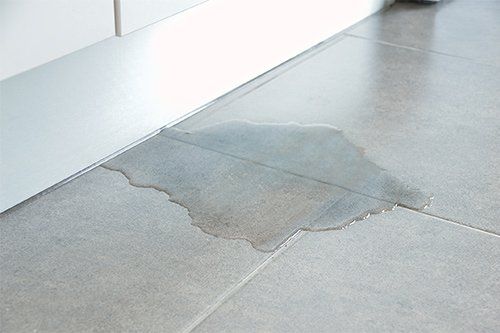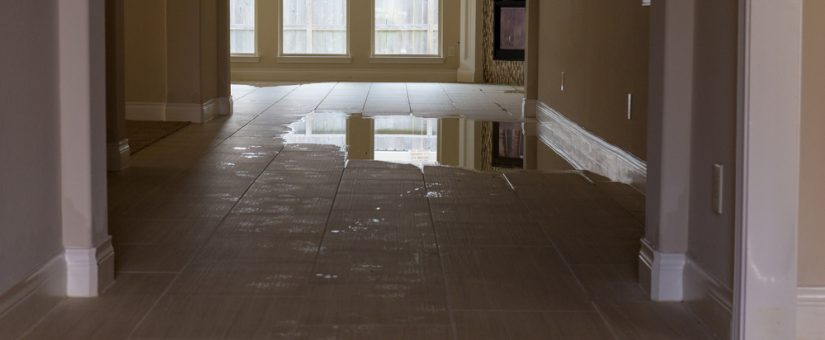Understanding What Leads To Water Seepage Occur So Often in Your Home
Understanding What Leads To Water Seepage Occur So Often in Your Home
Blog Article
This article in the next paragraphs in relation to How to detect water leaks in your home is particularly insightful. Don't miss out on it.

Leakages not only trigger waste of water but can additionally create unneeded damage to your residence as well as advertise undesirable organic development. Water leaks may go unnoticed since many of the pipework in our home is hidden. By recognizing and also looking for daily circumstances that cause leaks, you can shield your residence from future leakages as well as unnecessary damages. Today, we will take a look at six leak causes that might be creating your pipes to drip.
Instant temperature changes.
Severe temperature level modifications in our pipes can cause them to broaden and contract unexpectedly. This growth and also tightening may cause fractures in the pipes, especially if the temperature are below freezing. If you kept an eye on how your plumbing functions, it would be best. The presence of the formerly pointed out scenarios frequently shows a high danger.
Corroded water supply
As time passes by, your plumbing system ages and rust such as corrosion might start gnawing the pipelines. This might be the reason for staining or bending on your water pipes. This asks for an assessment with your plumber right away. If our plumbing system is old, consider changing the pipes since they are at a greater risk of corrosion than the newer models.
Defective Pipe Joints
Pipeline joints can degrade over time, resulting in water leakages. If you have noisy pipes that make ticking or banging sounds, especially when the warm water is turned on, your pipeline joints are most likely under a great deal of stress.
Trespassing origins
Many water leakages start outside the house as opposed to inside it. If you observe a sudden reduction in water pressure, say in your tap, require time to head out and also analyze your yard. You could see wet spots or sinkholes in your lawn, and that might imply that tree roots are getting into water lines causing water to seep out. You can have your plumber look for invasion, especially if you have trees or hedges near your home.
Poor Water Connectors
At times, a leakage can be created by loosened tubes and also pipelines that provide your devices. In instance of a water links leak, you might see water running straight from the supply line or pools around your home appliances.
Blocked Drains
Blocked drains might be frustrating as well as inconveniencing, yet they can occasionally wind up triggering an overflow resulting in break pipelines. Maintain removing any kind of products that may decrease your drains pipes that could block them to prevent such inconveniences.
All the above are root causes of leaks however not all water leakages arise from plumbing leaks; some leakages might originate from roofing leakages. All leakages need to be fixed instantly to avoid water damages.
Leakages not just create waste of water however can additionally cause unnecessary damage to your residence as well as advertise unwanted organic development. By comprehending and also looking for day-to-day situations that create leaks, you can safeguard your home from future leakages and unneeded damage. Today, we will certainly look at six leakage triggers that might be creating your pipes to leak.
At times, a leak can be caused by loose hose pipes and also pipes that supply your devices. In instance of a water links leak, you might see water running straight from the supply line or puddles around your home appliances.
How To Check For Water Leak In Your Home
How To Check for Leaks
The average household's leaks can account for nearly 10,000 gallons of water wasted every year and ten percent of homes have leaks that waste 90 gallons or more per day. Common types of leaks found in the home are worn toilet flappers, dripping faucets, and other leaking valves. These types of leaks are often easy to fix, requiring only a few tools and hardware that can pay for themselves in water savings. Fixing easily corrected household water leaks can save homeowners about 10 percent on their water bills.
To check for leaks in your home, you first need to determine whether you're wasting water and then identify the source of the leak. Here are some tips for finding leaks:
Take a look at your water usage during a colder month, such as January or February. If a family of four exceeds 12,000 gallons per month, there are serious leaks.
Check your water meter before and after a two-hour period when no water is being used. If the meter changes at all, you probably have a leak.
Identify toilet leaks by placing a drop of food coloring in the toilet tank. If any color shows up in the bowl after 10 minutes, you have a leak. (Be sure to flush immediately after the experiment to avoid staining the tank.)
Examine faucet gaskets and pipe fittings for any water on the outside of the pipe to check for surface leaks.
Undetected water leaks can happen without the home or business owner even realizing. If you suspect a water leak, but not able to find the source. It is time to contact a professional water leak detection service, The Leak Doctor.
How To Find a Water Leak In Your Home
https://www.leakdoctor.com/blog/How-To-Check-For-Water-Leak-In-Your-Home_AE197.html

We hope you liked our post on Common Water Leaks In House. Thanks for taking a few minutes to browse our article post. If you appreciated our article if you please don't forget to share it. We treasure reading our article about How to detect water leaks in your home.
Expertise on line! Report this page